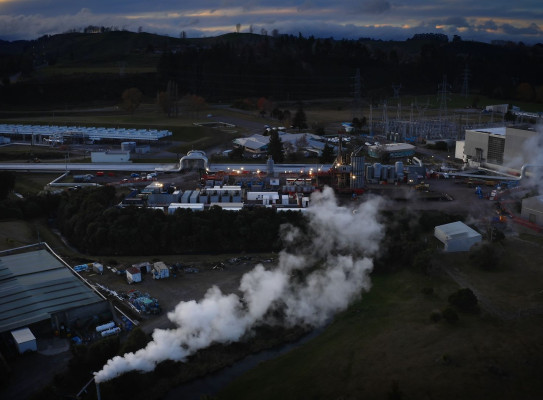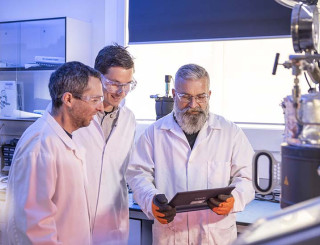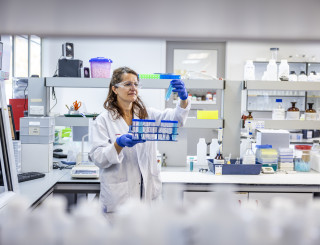Power prices are painful but geothermal could be New Zealand's superhot solution

By pursuing hotter geothermal resources, New Zealand can unlock unprecedented energy security and economic growth.
Supercritical or "superhot" geothermal energy harnesses high temperatures found below the surface between 3.5 and 6km depth.
New Zealand faces a substantial increase in electricity demand.
New Zealand’s total current demand is about 40,000 GWh, and forecasts are showing a 50% rise by 2050. To secure the electricity generation we need, and to meet our emissions reductions, New Zealand's forecasts have focused on expanding existing renewable technologies like wind and solar.
As part our our energy science research, GNS scientists are investigating what near-future technologies New Zealand may be overlooking to help us meet this challenge.
One of our most ambitious research initiatives, 'Geothermal: The Next Generation’ investigated how supercritical geothermal resources could offer a near-limitless baseload energy supply for New Zealand. Now in it's final stages, the programme has verified the immense potential of harnessing deeper super-hot geothermal energy, known as supercritical geothermal (SCGT).
The results are exciting, and we are looking forward to support the government and the private sector to realise this New Zealand Inc opportunity
Why should New Zealand reach for a "supercritical" state?
When pure water exceeds 373 degrees Celsius and 220 bars of pressure, it becomes "supercritical”- a state that offers up to three times higher production enthalpy compared to conventional geothermal.
In the Taupō Volcanic Zone (TVZ), supercritical conditions are as shallow as 4 km, making it one of the rare places in the world where supercritical development is both accessible and technically feasible. So far, only Iceland, Japan, United States and Kenya have successfully drilled superhot wells.
The science is in, but what about about the cost?
To verify if supercritical geothermal is an economically viable near-future technology for New Zealand to pursue, we engaged Castalia Limited to independently evaluate the opportunity.
The Castalia report, based on GNS geological inventory and published in November 2023, declares supercritical geothermal could meet all elements of the energy trilemma (security, sustainability, and affordability) and provide abundant baseload, zero emissions, and reliable electricity for New Zealand.
Castalia’s modelling explored a spectrum of energy development scenarios and accounted for research and regulatory development timelines and conservative exploration costs. Their results outlined the massive electricity generation potential New Zealand can achieve economically as early as 2037, and conservatively by 2049.

Experimental Hydrothermal Geochemistry Lab Experimental Hydrothermal Geochemistry Laboratory
Superhot geothermal generation would be economic to build, even at costs that are double that of new conventional geothermal power plants.
Supercritical geothermal could viably provide up to 2,000 MW by 2050
This would provide much-needed new electricity generation capacity for the national grid, from a renewable, reliable, low-emissions resource. This would see geothermal energy contributing approximately 35% of New Zealand’s energy needs by 2050 – similar to that of hydroelectric generation.
As a 24/7 resource, growing our use of geothermal energy will ensure New Zealand sustains meeting peak winter demand and offsetting our growing dependence on batteries to supply our national grid.
New Zealand’s world-best scientists and technologists hold the skills and knowledge, and GNS Science the important IP for taking superhot geothermal forward.
With our unique laboratory and global geothermal development expertise, GNS Science will play a key role in developing supercritical geothermal technology to meet commercially viable standards.
Our proprietary experimental geochemistry lab (EGL) is the only lab in the world that can simulate these super-hot conditions! Stay tuned for our progress in supporting a superhot powered future for New Zealand.
